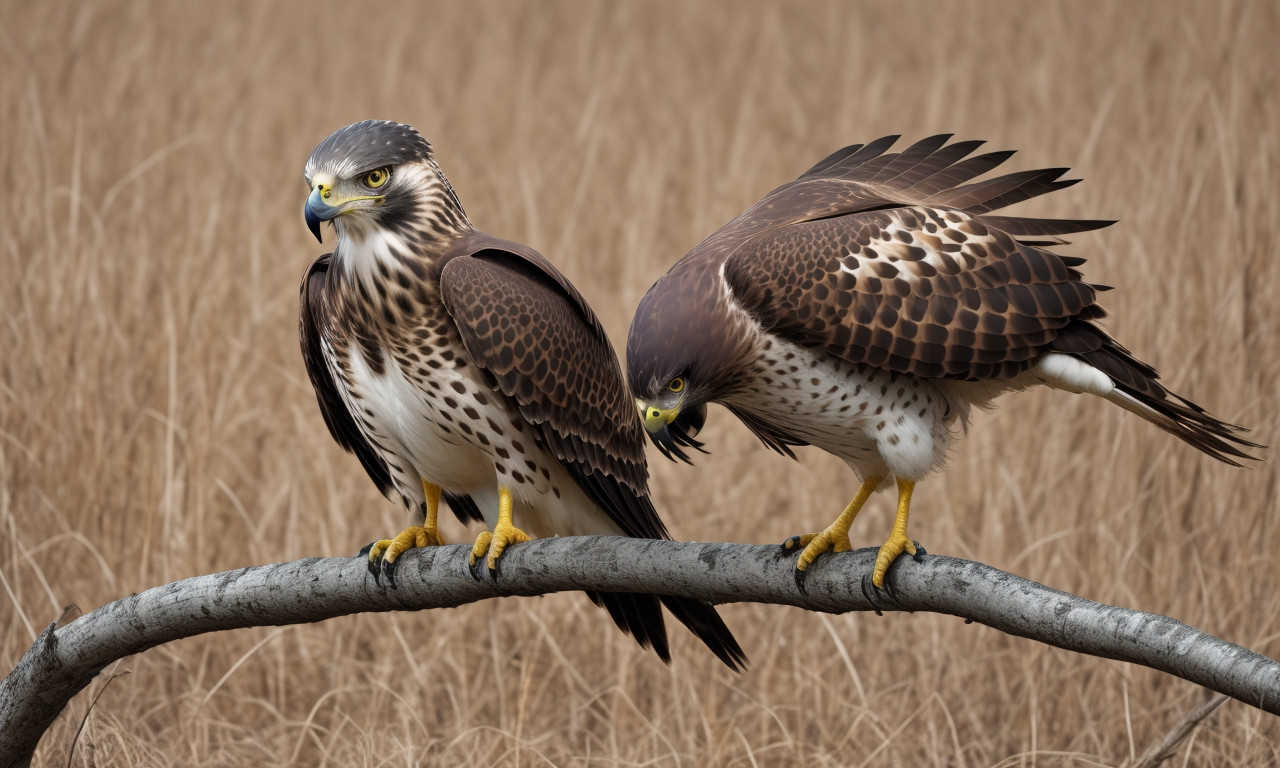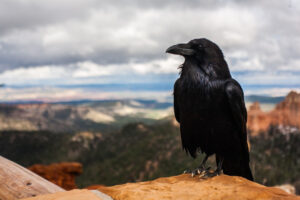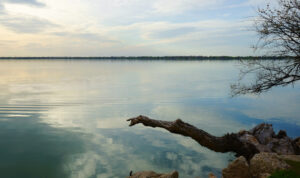The Illinois Hawk soars above the prairie lands and forests, an emblem of the untamed beauty that thrives above busy cityscapes and tranquil rural backdrops. The hawk’s keen eye spots its prey from high above, while its majestic wings carry it effortlessly through the air. This predator of the skies is more than just a bird; it’s a symbol of the wild, untamed spirit that defines the heartland of America. Illinois, known for its diverse habitats, is home to a variety of hawk species, each with unique characteristics that have adapted them perfectly to their environment.
Understanding Illinois Hawk Species
Illinois serves as a home to several species of hawks, each a master of its domain. It’s important to understand the various types residents or visitors might encounter when exploring the great outdoors of Illinois.
The Red-tailed Hawk: A Common Sight
The Red-tailed Hawk is arguably the most widespread and commonly recognized hawk in North America, and Illinois is no exception. Its broad, rounded wings and short, wide tail make it an efficient hunter.
Related article; hawks of oklahoma
- Identification: Look for a rich brown back, pale underside, and distinctive brick-red tail.
- Habitat: These birds enjoy open areas with high perches, including farmlands, parklands, and roadside posts.
The Cooper’s Hawk: Agile Forest Dweller
Cooper’s Hawks are nimble flyers that weave through trees with incredible agility. These are the acrobats of the Illinois woodlands.
- Identification: They have a distinctive slate gray back and a horizontally striped chest and belly.
- Habitat: Deciduous or mixed forests serve as the perfect playground for this species.
The Broad-winged Hawk: Migratory Marvel
The Broad-winged Hawk spends the summer months in Illinois before making a long journey south for the winter. Their annual migration is an incredible spectacle to behold.
Related article; sparrows in michigan
- Identification: A compact bird with broad wings, it features a brown body and barred underparts.
- Habitat: Preferring wooded areas with plenty of water bodies, they are often heard before they are seen.
The Hawk’s Predatory Prowess
The Illinois Hawk is not only a master of flight but also an adept hunter. With razor-sharp talons and a powerful beak, this predator is an essential player in maintaining the ecological balance.
Related article; hawks of virginia
Precision in Hunting
Underlining the skill of these birds, hawks use their sharp vision to spot prey over vast distances. Their hunting technique comprises a swift, silent dive ending in a powerful strike.
Related article; hawks in az
A Varied Diet
While hawks typically prey on small mammals such as rodents, they are opportunistic and will adjust their diet according to availability. This includes:
Related article; florida falcons birds
- Rodents
- Amphibians
- Other smaller birds
- In some cases, insects
Hawks and Human Interaction
Human populations in Illinois have an intertwined relationship with hawks. While we marvel at their beauty and contribute to their conservation, we must also understand the impact our presence has on their lives.
Related article; hawks of new mexico
Challenges in Conservation
Habitat destruction, the use of pesticides, and illegal shooting are just a few issues that pose a threat to hawk populations. Conservation efforts are crucial to ensure these birds continue to grace the Illinois skies.
Birdwatching and Ecotourism
Hawk watching has become a celebrated activity in the state. Events like the Hawk Migration Week offer bird enthusiasts an opportunity to observe these raptors as they transition through seasons.
Related article; maine ducks
The Hawk’s Role in Ecosystems
Hawks play a vital role in controlling the population of rodents and other small animals. This not only helps farmers by keeping crop-damaging pests at a minimum but also maintains a balanced food web.
Related article; sparrows of california
A Keystone Species
As a keystone species, the presence of hawks indicates a healthy ecosystem. They help in maintaining the species diversity of their habitat, ensuring an ecological equilibrium.
The Life Cycle of Illinois Hawks
From egg to aerial predator, the lifecycle of an Illinois hawk is fraught with challenges and triumphs. Let’s delve into their lifespan and breeding habits.
Breeding and Nesting
Hawks are known to exhibit monogamous behavior, often pairing for life. They build large nests high in trees or on rock ledges, where they lay and incubate their eggs.
Development and Fledging
After the chicks hatch, they go through a period of rapid growth, relying entirely on their parents for survival. As fledglings, they slowly learn the skills necessary to survive on their own in the wild.
Protecting Illinois’ Feathered Hunters
There are many ways to ensure the protection and preservation of hawk species in Illinois. Here are some initiatives that can make a significant difference:
- Environmentally-friendly farming practices: Reducing pesticide use helps to maintain a healthy food source for hawks.
- Land preservation: Protecting natural habitats is crucial for the survival of these predatory birds.
- Educational programs: Raising awareness about the importance of hawks can lead to better community engagement in their conservation.
Encountering Hawks in Their Natural Habitat
For those interested in spotting these majestic birds, it’s important to know where and when to look.
Best Places to Spot Illinois Hawks
- Starved Rock State Park: With its lush canopies and open river valleys, this park is ideal for hawk watching.
- Shawnee National Forest: This diverse ecosystem offers the perfect habitat for various hawk species.
Ethical Birdwatching Practices
When observing hawks, always maintain a respectful distance and avoid disturbing their natural behavior. The use of binoculars or spotting scopes can enhance the experience without impacting the birds.
The Future of Hawks in Illinois
Conservation efforts and a growing appreciation for these birds point to a positive future. Research initiatives continue to monitor hawk populations and the effects of climate change on their migration patterns.
Climate Change and Migration
Changing temperatures and weather patterns can affect the availability of prey and suitable nesting areas, influencing migration timings and routes for hawks.
Ongoing Research and Monitoring
Organizations and citizen scientists alike contribute data that helps in developing strategies to protect these birds. Thanks to these collective efforts, the Illinois Hawk continues to thrive and enchant us with its aerial prowess.
As we gaze up at the clear blue sky, watching a hawk glide effortlessly on the currents, we are reminded of the wild’s indomitable spirit that flies free above the Land of Lincoln. The Illinois Hawk, with its breathtaking flight and acute hunting instinct, offers more than a window to nature’s wonders—it serves as a barometer for the health and diversity of the ecosystems under its wings. By respecting and protecting these secret predators of the skies, we not only preserve a crucial component of our biodiversity but also ensure that future generations can continue to marvel at their beauty and grace.




